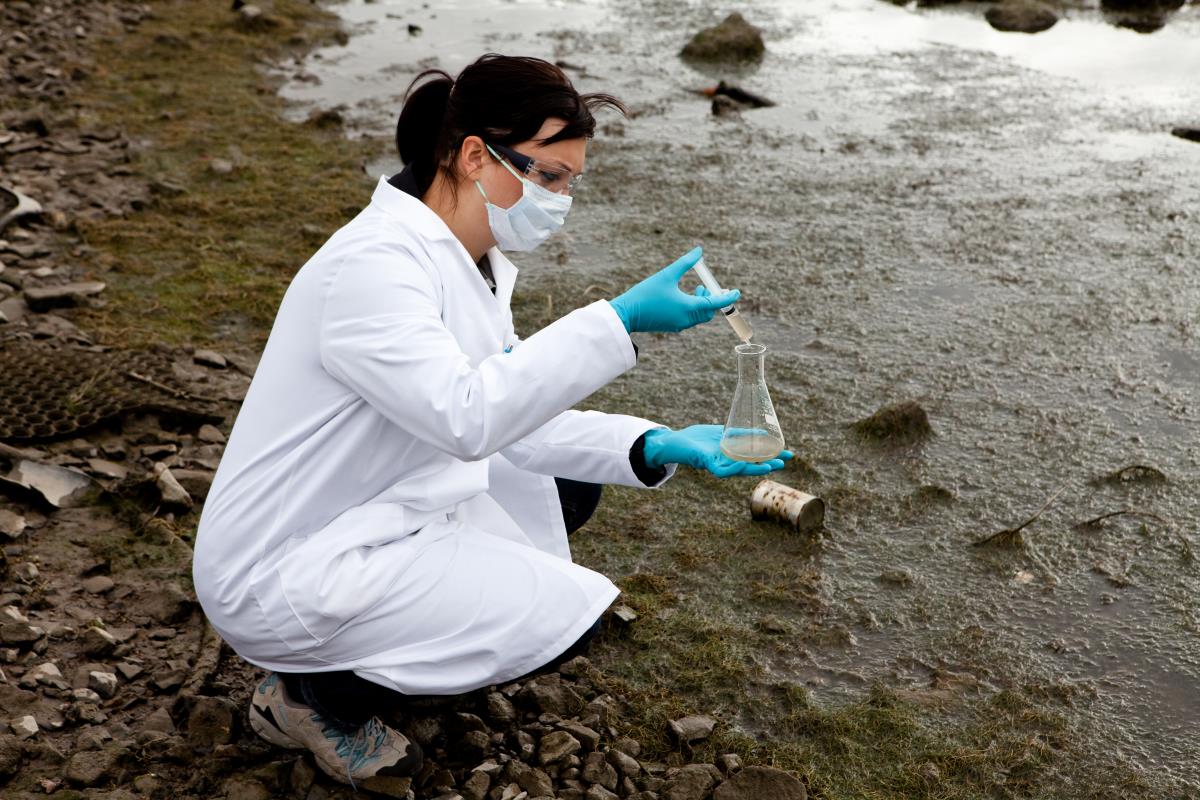Problems that need to be paid attention to when collecting and processing water samples
1. This method can still be used for water samples with BOD5 greater than 6000mg/L, but because dilution will cause errors, it is necessary to require careful explanation of the measurement results.
2. The results of this test may be interfered by some substances in the water. Those substances that are toxic to microorganisms, such as fungicides, toxic metals or free chlorine, will inhibit biochemical effects. Algae or nitrifying microorganisms in the water may also cause false high results.
3. The copper content in the water should not be higher than 0.01mg/L, and there should be no chlorine, chloramines, caustic alkali, organic matter and acids.
4. When the BOD5 value is low, it is best to use glass containers for sampling. Oxygenated sampling is not allowed during sampling. The sampling tube should be completely immersed in water to avoid inhaling gas, so that the water sample slowly flows into the sampling bottle. The container must be filled and overflowed by about 1/2 of the volume of the bottle, leaving no space. , And seal with water.
5. If there are free acids and alkalis in the water samples, they should be neutralized and then diluted and cultured. Thymol blue can be used as an indicator and neutralized with hydrochloric acid solution (1mol/L) or sodium carbonate solution.

Need to pay attention to the problem when detecting operation
1. Glassware should be washed. First soak and clean with detergent, then soak with dilute hydrochloric acid, and finally wash with tap water and tertiary reagent water in turn.
2. It is recommended to use a compressed air bottle or a compressor (diaphragm pump compressor) where the sucked air does not contact any lubricating oil. The air should be filtered and washed before use.
3. If compressed air cylinders are used, the gas cylinders should be protected from heat, impact, sunlight and baking during transportation. Do not roll on the ground during transportation. The compressed oxygen cylinder valve must not come into contact with oil.
4. In samples with two or three dilution ratios, where the consumption of dissolved oxygen is greater than 2mg/L and the remaining dissolved oxygen is greater than 1mg/L, the average value should be taken when calculating the result. If the remaining dissolved oxygen is less than 1mg/L or even zero, the dilution ratio should be increased. Dissolved oxygen consumption is less than 2mg/L, there are two possibilities, one is that the dilution factor is too large; the other is that the microbial strains are not suitable, the activity is poor, or the concentration of toxic substances is too large. At this time, it may appear in several dilution ratios, the phenomenon that the dissolved oxygen consumption with a larger dilution ratio is higher.
5. When the diluted water sample exceeds 100 times, it should be diluted after multiple steps to reach the predetermined dilution factor.
6. The dilution ratio is generally in the range of 40%-70% dissolved oxygen consumption, the more accurate the classification is within this range.
7. The temperature of the dilution water is about 20℃, it should be preheated if it is lower than 20℃ in winter, and it should be cooled if it is higher than 20℃ in summer.
8. Regarding the issue of inoculation, some organic industrial wastewater that is not easily decomposed by general microorganisms needs to be domesticated by microorganisms. This domesticated microbial population is best obtained from the water body that receives this kind of wastewater. To this end, a water sample can be taken 3-8km below the drain, and inoculated to dilution water after culture; it can also be artificially domesticated, that is, a certain amount of domestic sewage is used, a certain amount of waste water to be tested is added every day, and continuous aeration culture is used. Until it is cultivated into a microbial population suitable for decomposing organic matter in wastewater. The cultured bacterial solution is inoculated into the dilution water in the same way.
Under normal circumstances, the domestic sewage can be placed at 20°C for 24-36h, and then the supernatant can be used as the inoculum, and 1-3mL of the above inoculum can be added to 1L of water. If you can not inoculate, try not to inoculate as much as possible. The method is simple and avoids the oxygen consumption caused by inoculation.
9. Use the CODcr value to determine the dilution factor, and multiply the CODcr value by 0.075, 0.15, 0.225 to obtain three dilution factors. If you don't know the nature of wastewater, you need to choose more than three dilution ratios, namely COD/3, COD/4, COD/5, which have certain reference value for most wastewater.
10. When cultivating in an incubator, pay attention to adding sealing water, and the temperature should be strictly controlled at (20±1)℃. After 5 days of culture, if bubbles are generated in the culture flask, the accurate BOD value cannot be obtained. The cause of the bubbles is that the temperature of the dilution water is lower than 20°C, or a large amount of low-temperature river water is taken as a water sample. In addition, water samples containing algae can also produce bubbles if they are cultured without completely shielding them from light.



